CityU research revealed the association between myelin formation and memory
A study by City University of Hong Kong (CityU) reveals for the first time that schema-like learning can foster the growth and regeneration of brain myelin, thereby enhancing the learning and memory capacity. This has helped shed light on revealing the pathological mechanisms of central myelin diseases such as multiple sclerosis, cerebral ischemia, chronic recurrent pain, irritable bowel syndrome (IBS), severe depression and Alzheimer's disease.
Schema-like learning refers to learning through repetition. Language learning is an example. Once a memory schema is established, new knowledge of the same category can be absorbed and mastered quickly. A research team led by Professor Li Ying, Chair Professor in the Department of Biomedical Sciences, has been engaged in the study of the mechanism of schema-like learning. The team applied the schema-like learning theory to the study of animal behavior. For the first time, the researchers discovered that schema-like learning can foster the growth of brain myelin, and thus enhancing the synchrony of neural networks, and improving cognitive function.
Brain neuron axons are covered by myelin, a multilayer fatty structure. It serves to insulate the neuron axons, increase the rate at which information is passed along the axons and protect the neurons. Its formation is controlled by oligodendrocytes. Professor Li and his team have been investigating the association between myelin formation and memory for years.
Association between myelin and memory
Professor Li pointed out that memory schema has already been widely discussed in psychology, yet rarely been considered in animal studies. In this experiment conducted by his team, the rats have learnt 6 different types of flavour-place paired association in 18 sessions of training, which lasted about three weeks. As a result, the rats have developed the memory schema and remembered what kind of food was hidden in each sand well.
After that, when the rats smelled of a certain food, they could quickly go to the correct sand well and dug it out. The sand used was mixed with all the 6 flavours, in order to ensure that rats located the correct sand well by utilizing their memory of the learnt flavour-place associations rather than the scent of the food. In the beginning, the rate of finding the correct sand well was 40% and increased to 80% after the training.
Researchers discovered that after the memory schema is developed, rats were able to learn two new flavour-place paired associations quickly. They mastered that after just one session of training.
Changes in the rats’ brains were analysed by immunohistochemistry and transmission electron microscope. Researchers noted that in the process of learning and developing memory schema, myelin of the rats grew substantially. It is because excitatory neural activity in the cortical regions facilitated oligodendrocyte proliferation and differentiation, hence thickened the myelin.
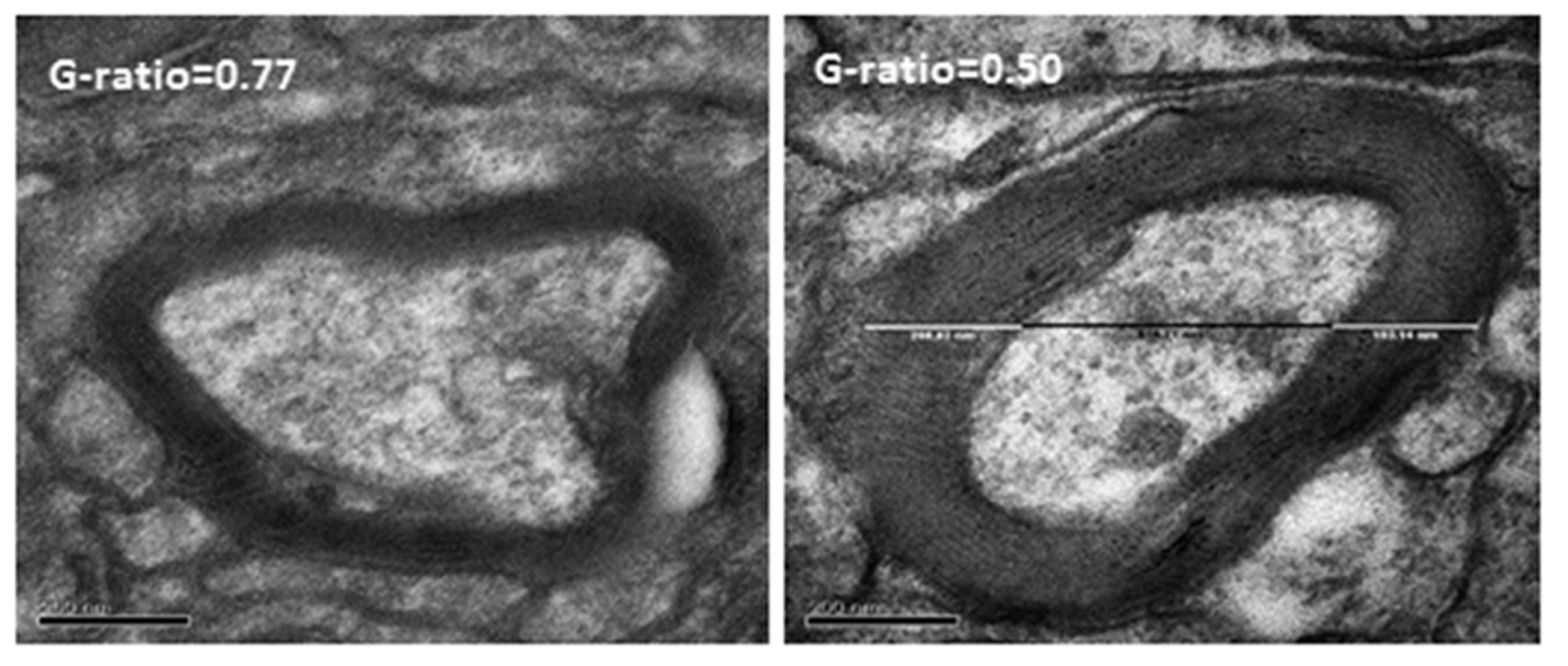
What impairs memory ?
On the other hand, the rats, after injected drugs for demyelination to interfere with the growth of myelin, had difficulty in developing memory schema and were unable to learn the two new flavour-place paired associations. Researchers concluded that the disruption of the formation of myelin could severely interfere with the formation of memory schema and new memory. Besides, the transmission of information within the neural circuits and the synchrony of neural networks were also negatively affected.
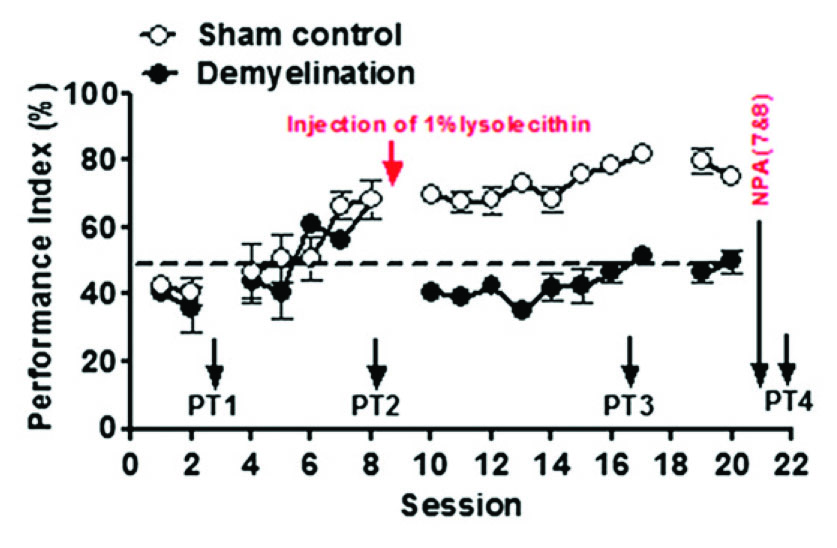
“It took us about three years to finish this research. The discovery of the key role of myelin in advanced cognitive memory and its function in the synchrony of neural networks is an important breakthrough, ” Professor Li said.
Professor Li further elaborated that brain activity is mostly rhythmic, and the coherence between the frequency of spike activities and field potential plays an important role in the synchronization of brain activity in different regions (circuits). This study proved that a slight increase in the thickness of the myelin sheath can significantly increase the speed of nerve impulse propagation along the axon and reduce the impairment of neural circuit function.
To reveal the role of memory schema and the mechanism of myelin facilitating memory formation in regulating neural function, the team injected drugs for demyelination to the ACC. Results showed that ACC’s θ band (one of the brainwaves) power, as well as the synchrony and coherence between neuronal signals, were all reduced. Myelination is proved to be a key factor in facilitating long-range oscillations and synchrony of spike time arrival between neurons in different brain areas.
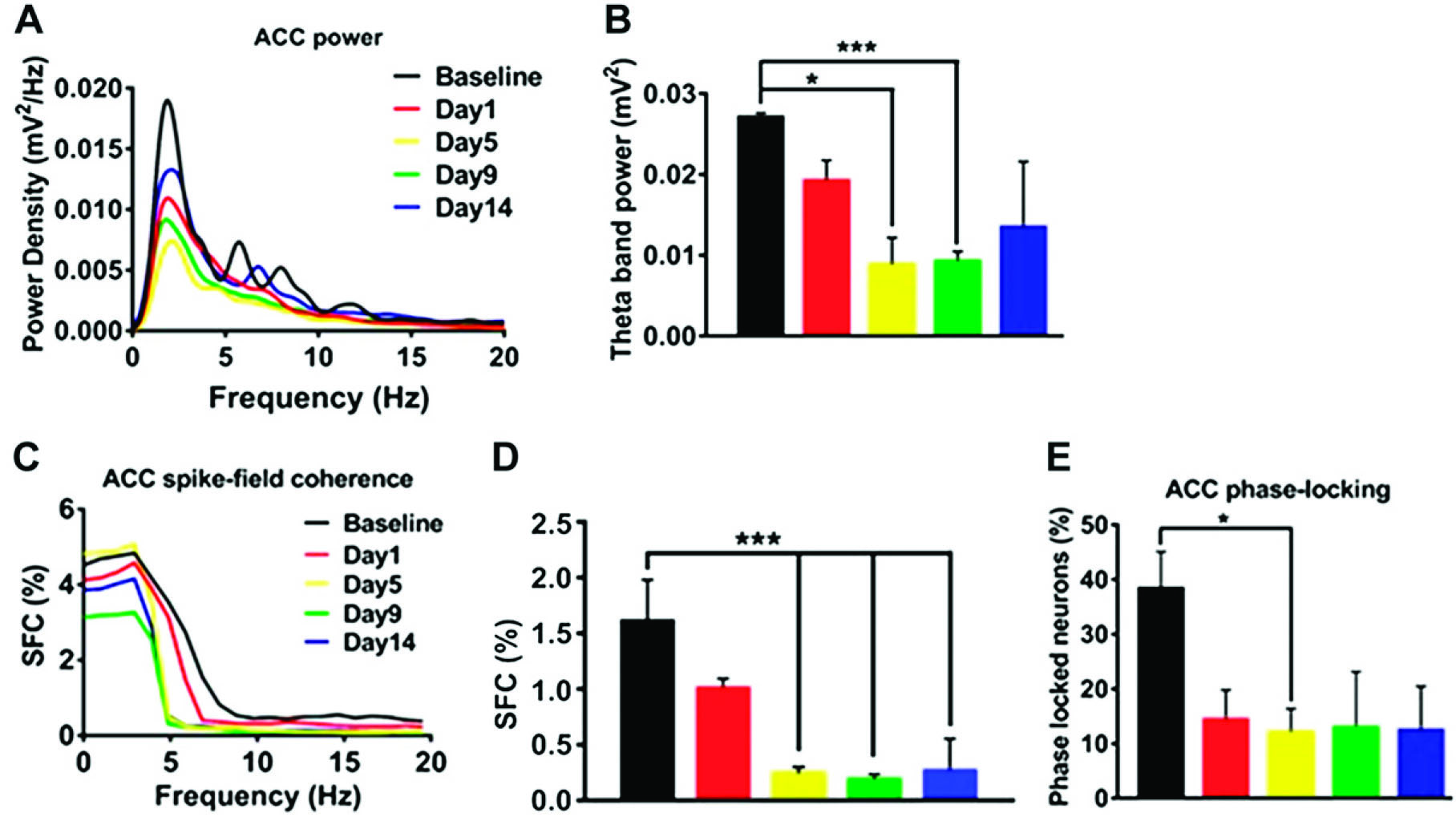
Findings may contribute to improving cognitive dysfunction
“We will continue our schema-like learning and memory consolidation experiment with rats. We will explore the use of cutting-edge technology in neuroscience, such as photogenetic technology, chemical genetic technology and other methods to wake up the oligodendrocytes, and thus accurately control the growth and regeneration of myelin. We hope to find out whether this could help improve severe cognitive impairment caused by central myelin diseases such as severe depression, chronic recurrent pain, irritable bowel syndrome (IBS), and Alzheimer's disease,” Professor Li added.
Photogenetic technology is a method of using new photonic techniques to select and “activate” certain cells of organisms, to study the special functions of their neurons. Chemical genetics technology is a method of using small molecule organic compounds to systematically interfere with and explore intracellular biological processes, such as neuron activities.
Regarding the next step of their research, Professor Li said that the role of oligodendrocytes and astrocytes in memory schema will be explored. “Oligodendrocytes and astrocytes are closely related. Whether the lactic acid produced by astrocytes is the source of energy for myelin formation, needed to be further verified,” Professor Li elaborated.
The team’s paper titled “Schema-like learning and memory consolidation acting through myelination” was published in The FASEB Journal by the Federation of American Societies for Experimental Biology. Professor Li is the corresponding author of the paper. Research team members from CityU included Dr Lee Youngjin from Department of Biomedical Sciences, senior research assistant Suresh Kanna Murugappan, Zafar Iqbal and Wang Jun (now works at Zhejiang University), research assistant Aruna Surendran Ramkrishnan and Mahadi Hasan, PhD student of Jockey Club College of Veterinary Medicine and Life Sciences.
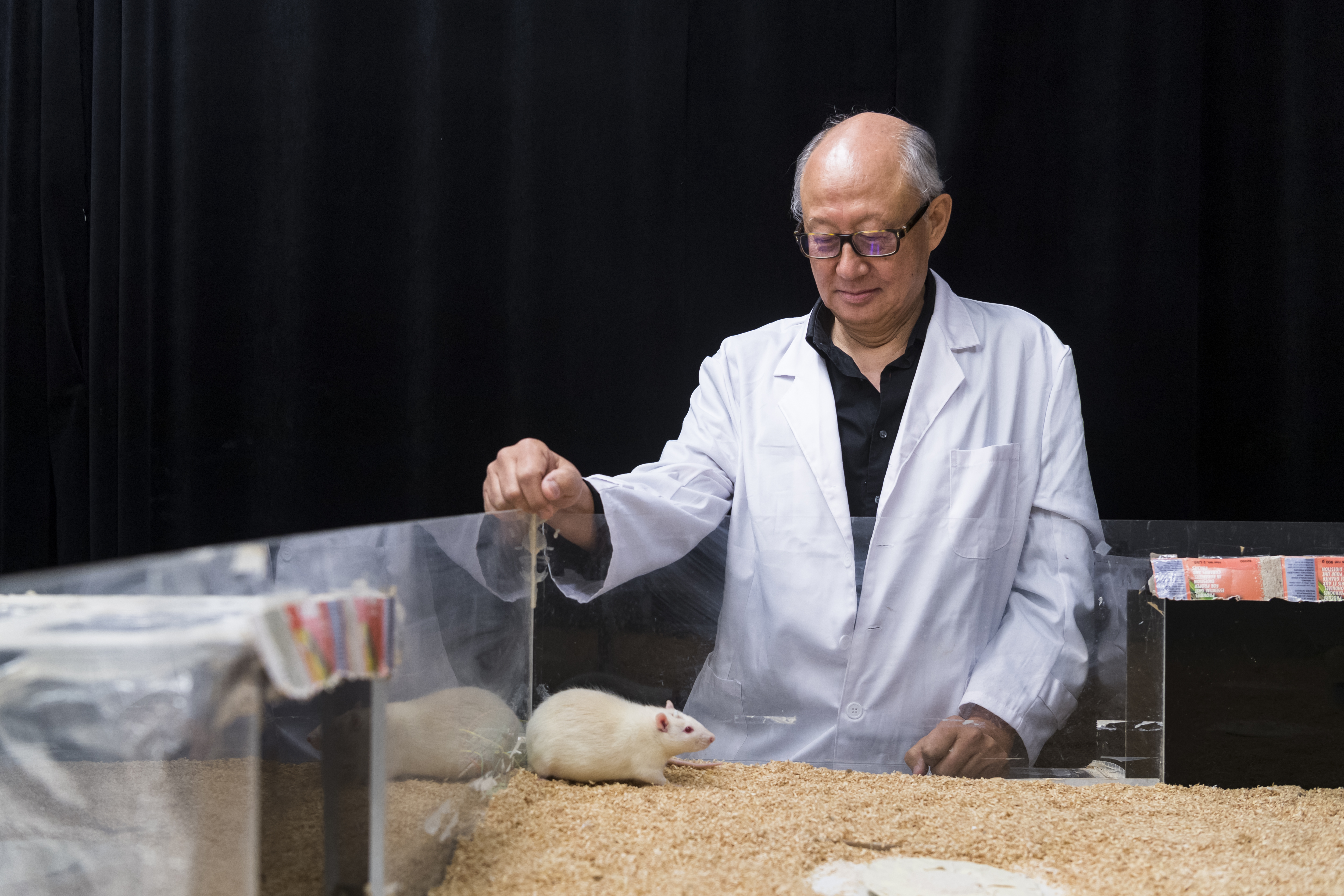
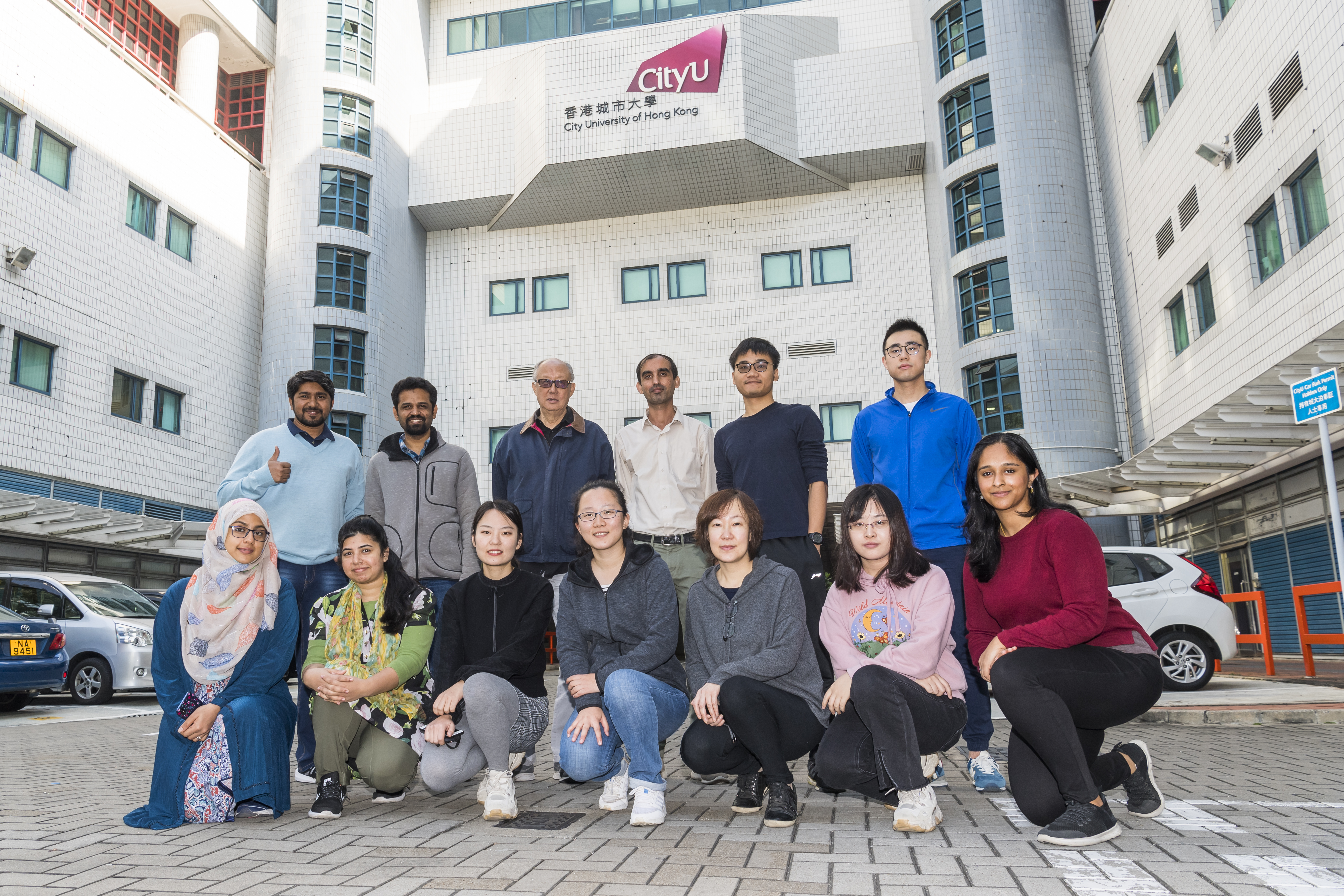
The study was supported by CityU, Research Grants Council of Hong Kong, the National Natural Science Foundation of China and the Innovation and Technology Support Programme by the Innovation and Technology Commission.
DOI number: 10.1096/fj.201900910R